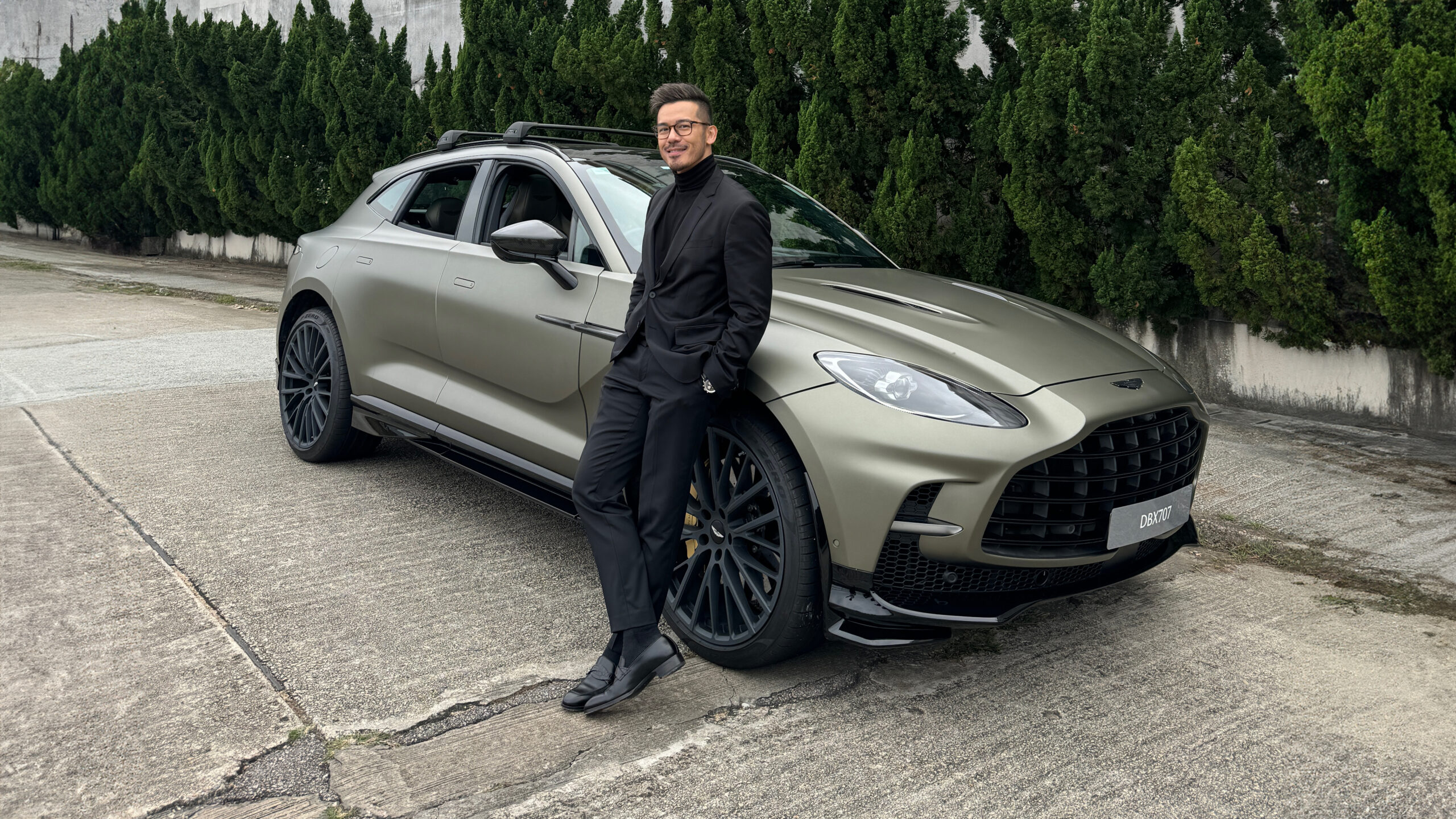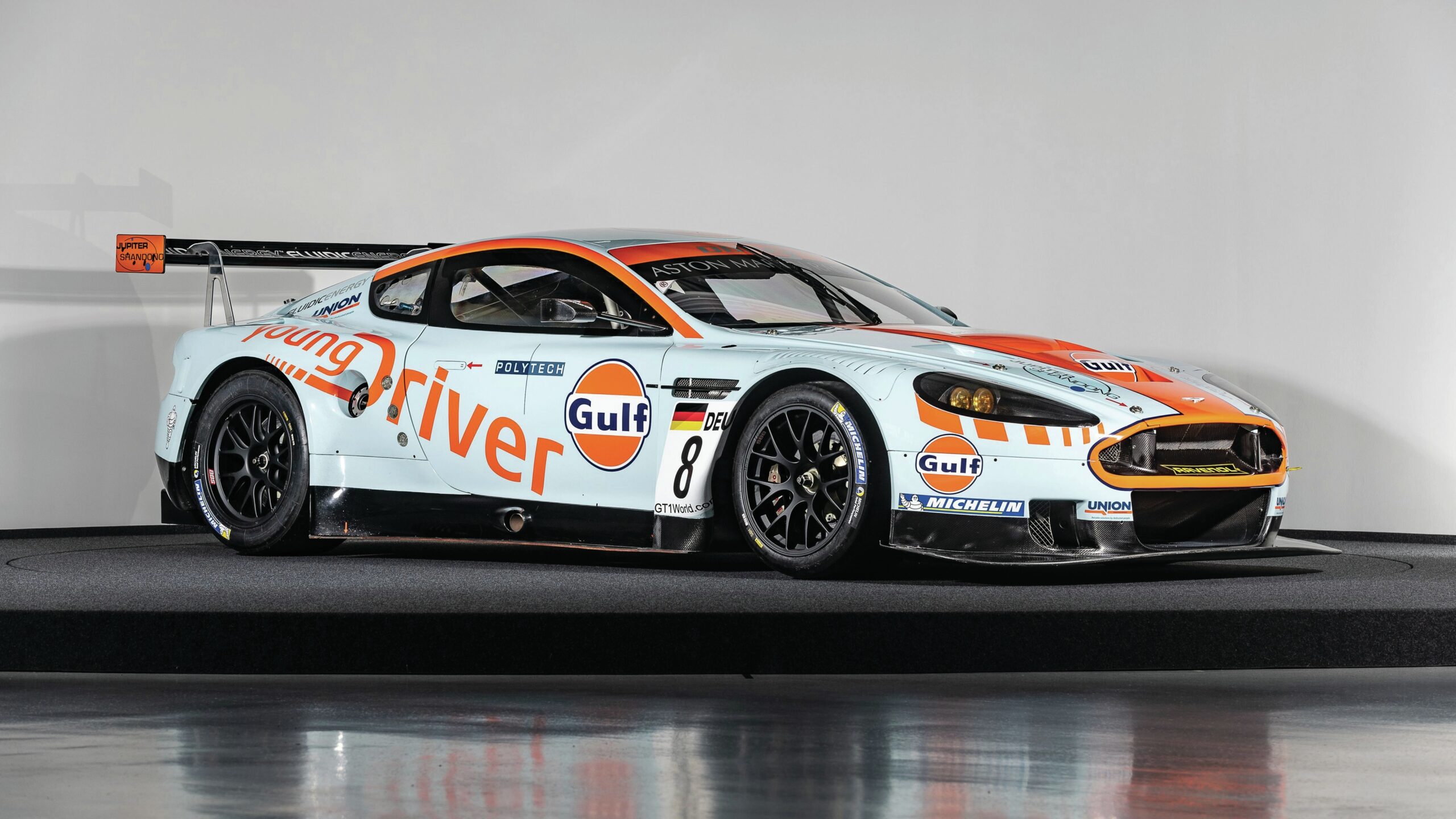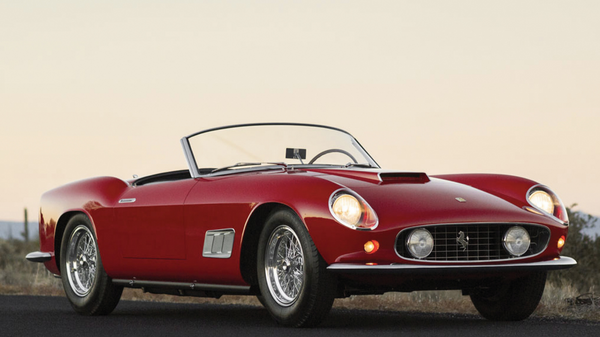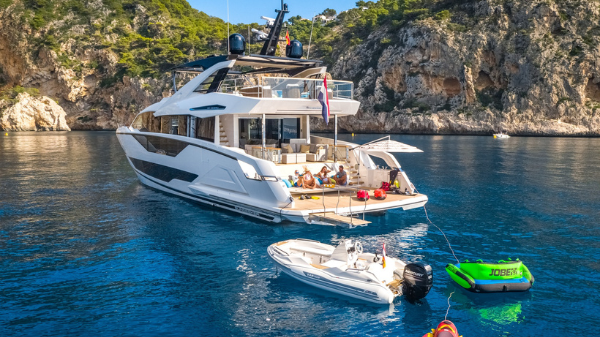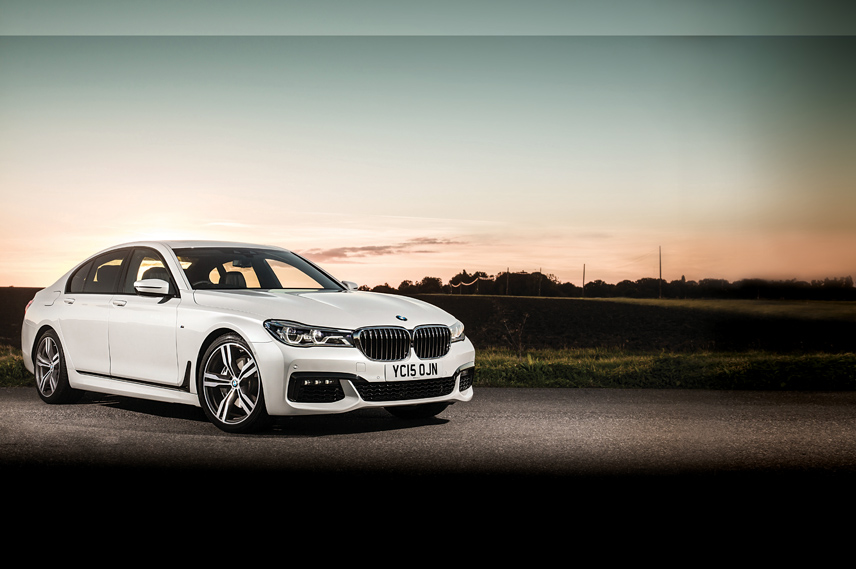
Lucky 7

People suit different things at different stages in their lives. While a nice tweed jacket would look out of place on an 18-year old, VANS and a baseball cap are not a good look for the typical 80-year old.
And so it is with cars – certain models match certain stages in an individual’s motoring life. A lumbering S-Class Mercedes would be assumed borrowed from dad should a scraggy teen be seen at the wheel. Equally, grey haired VW Golf pilots look like they got the last one in the courtesy car pool while their main ride was out for an oil change.
This creates something of a problem for BMW’s flagship uber-cruiser 7 Series. The definitive BMW model is, of course, the company’s wildly successful 3 Series entry level performance saloon, a car beloved of squash-playing, go-getting young executives a few rungs up the corporate ladder, with BMW-ness very much in keeping with their thrusting, trample-over-my-neighbour-to-get-ahead attitude.
You can grow out of a BMW, however. Much like you can grow out of wearing running gear all the time. With increasing age, waistline and budget, tastes sag towards something a little less angry. Mercedes is a clear candidate here, with its air of greater refinement and smugness, and the aforementioned S-Class wheeled dreadnought is arguably the definitive chieftain’s chariot. Clinging to the BMW badge through expanding model sizes and sticker prices, though, has something of an air of desperation, a feel of a driver ill-at-ease with the notion of acting their age.
What the BMW may lack in limo-cred, the 7 Series more than makes up for in ability. The 2015 “G11” generation is the sixth edition of the Beemer to take on the mighty Merc. Coming some 38 years after the first 7 Series hit the roads, this latest iteration is perhaps the strongest contender to date.

The first order of business in any large executive cruiser is, inevitably, luxury. The 7 Series has this in abundance, regardless of your definition of the term. Well, pretty much.
If luxury is defined as being spacious, then the Beemer immediately scores highly over the Merc, offering matching rear seat legroom, but around 3cm more headroom, immediately appealing to the executive basketball player market. Those with long limbs and chauffeurs may want to plump for the long wheelbase option, which provides an additional 140mm of knee room for rear seat riders.
The extra distance between front and rear pews is also worth considering for those parents with travel-sick prone kids. That extra distance may, indeed, be the difference between a wiped down seat and a ruined shirt.
If, however, luxury is defined in terms of gadgetry then the 7 Series is almost drowning in the stuff. The standard equipment on every 7 Series includes heads-up display, projecting dashboard read-outs into the drivers’ field of vision and ensuring that the eyes stay on the road at all times.
Gesture recognition is also fitted as standard, allowing the driver to operate certain controls simply by waving his hands in the air. A 3D sensor mounted low down in the central control console recognises up to six gestures – swirling a hand clockwise or anticlockwise will raise or lower the stereo volume, while a mid-air jab of the finger will answer incoming phone calls.
More traditional BMW driver hand gestures – such as a raised middle digit – do not, as yet, flash the beam lights or sound the horn. This omission, no doubt, will be remedied in future software upgrades.
While some nice touches are included in the base price, BMW’s affinity with its core salesman audience is still alive and well when it comes to the extensive and expensive options list. Even more gadgetry is inevitably available at an even more inevitably additional price.
Have a hankering to select the hue and intensity of your interior lighting? Well, the 7’s ambient lighting controls enable back seat passengers to pick a colour to match their mood. Pushing buttons too much hard work? Then optional iPad-style tablet controllers let rear-seat riders control everything from climate control to the in-car infotainment.
Drivers also get their fair share of gizmos to choose from on the options list. There’s the headlamps, for instances, said to offer double the range of LED lighting, inevitably improving road safety while driving at speed on unlit roads. The lights also automatically turn to follow steering inputs, while considerately dipping in order to avoid burning out the other drivers’ retinas. Again, it’s unclear if future options will allow true BMW drivers to override these pesky safety functions and use these frontal laser cannons to blind any who dare get in their way en route to the monthly sales meeting.
The ultimate gadget is, perhaps, the car’s remote control parking function. The 7 Series is a large car and difficult to fit into the miserly parking spots typical of modern cities. In the event that you come across a space that simply looks too narrow to park in and still open the doors to escape, you simply bail out, close all the doors and let the car park itself. In theory, the on-board cameras can simply guide the Beemer into its space.
The system will even render a 3D image as to how the car will look in its chosen space, displaying it on the multi-media touch pads. More than merely an opportunity to admire the BMW’s handsomely austere profile before committing to a parking position, the image is intended to make sure the car isn’t placed anywhere too hazardous.
It could even be that BMW has created the ultimate in vehicle security with the self-park function. Wedging the 7 Series into a spot too small to open any of the doors, after all, makes the task of stealing it all the more challenging. Given BMW drivers’ well-earned reputation for selfish driving, it also seems likely that robbing neighbouring cars of door opening space will be of little concern when the option comes online in early 2016.
If comfort is your idea of luxury, then this generation of BMW also has much to offer. Standard seating is broad and soft, with heavy bolsters providing ample support against any cornering forces for all occupants. Ticking the optional back seat pampering box adds heated and cooled thrones, complete with powered reclining and an in-seat massage facility.
As well as being a comfortable place while stationary, the 7 Series is also supremely easy-going while on the move. Air-suspension comes fitted as standard on all models, providing a cloud-like ride over almost any road surface. The car’s suspension doesn’t merely soak up the bumps, lumps and sways in the road, it actively anticipates any untoward upcoming road features in order to make the journey as serene as possible.
A combination of stereo front cameras reading the road surface, satellite navigation anticipating upcoming bends and an on board data logger learning the pilot’s driving style, all work together to produce as comfortable and stable a ride as possible, all through minor tweaks to the adaptive suspension.
 If, however, your definition of luxury majors on driving pleasure, then the 7 Series will disappoint somewhat. The power-assisted steering is just too light and vague to give any meaningful tactile feedback through the wheel. The handling is composed enough, tending to mild under steer when pressed, but there’s simply too much car for it to be anything approaching agile.
If, however, your definition of luxury majors on driving pleasure, then the 7 Series will disappoint somewhat. The power-assisted steering is just too light and vague to give any meaningful tactile feedback through the wheel. The handling is composed enough, tending to mild under steer when pressed, but there’s simply too much car for it to be anything approaching agile.
Unrewarding though the drive may be, even the most basic 730D is far from slow. Likely to be the top seller (subject to the full ramifications of recent emissions fraud by some German manufacturers), the oil burner will complete the sprint to 62 mph in a far from sluggish 6.1 seconds.
Top of the range (for now), the 750i boasts a 4.4 litre turbo-charged V8 motor, cutting the drag to 100kph to just 4.4 seconds. This comes aided by the all-wheel-drive BMW xDrive on the higher specified 7 Series.
A 760i equipped with an even larger V12 is expected in the not too distant future, complete with “M Sport” go-faster suspension tweaks, making it both harsher and swifter. Of slightly more import, however, is the anticipated plug-in petrol electric hybrid version, also expected at some point in 2016. Borrowing from the rather flawed BMW i8 super coupé, the hybrid 7 Series will combine electric motors with a part-time four-cylinder 2.0-litre petrol engine, designed to top up range and performance when electric power alone can’t match the demands of pace or distance.
The latest 7 Series also makes an effort to save the planet by coming in at a lower weight, despite being larger than the model it replaces. While it’s “Carbon Core” isn’t as sophisticated or hard to make as the full carbon fibre tub found in the likes of McLaren super cars or Formula 1 racers, the BMW does include carbon fibre reinforced polymer elements in the chassis, increasing the strength and stiffness while reducing the overall mass.
Compared to the S-Class Mercedes, the 7 Series is very nearly equally as good a luxury cruiser. It’s very comfortable, very quiet at speed and offers plenty of space to stretch out in. Where the 7 Series trumps the Merc has always been in terms of driving pleasure. Granted, this latest incarnation is still a better driver’s car than the Mercedes, but not much better. What’s worse, if you are looking for a quiet, comfortable, fast executive limo that does offer pilot pleasure, the Jaguar XJ is a considerably more satisfying drive than either.
For the last 38 years, for the most part, the S Class has outsold its BMW challenger at around two to one. Good as the new 7 Series is, it seems it is unlikely to start to buck that trend.
BMW 750i
Engine: 4.4 litre
Power: 449bhp
Torque: 480 lb-ft
Transmission: eight-speed automatic through an all-wheel drive system
0-62mph: 4.4 seconds
Top speed: 155mph (limited)
Price: from £76,000 (HK$950,000 plus import tax)
Above: A bit 2001: A Space Odyssey with all those cremes and tablet computers



